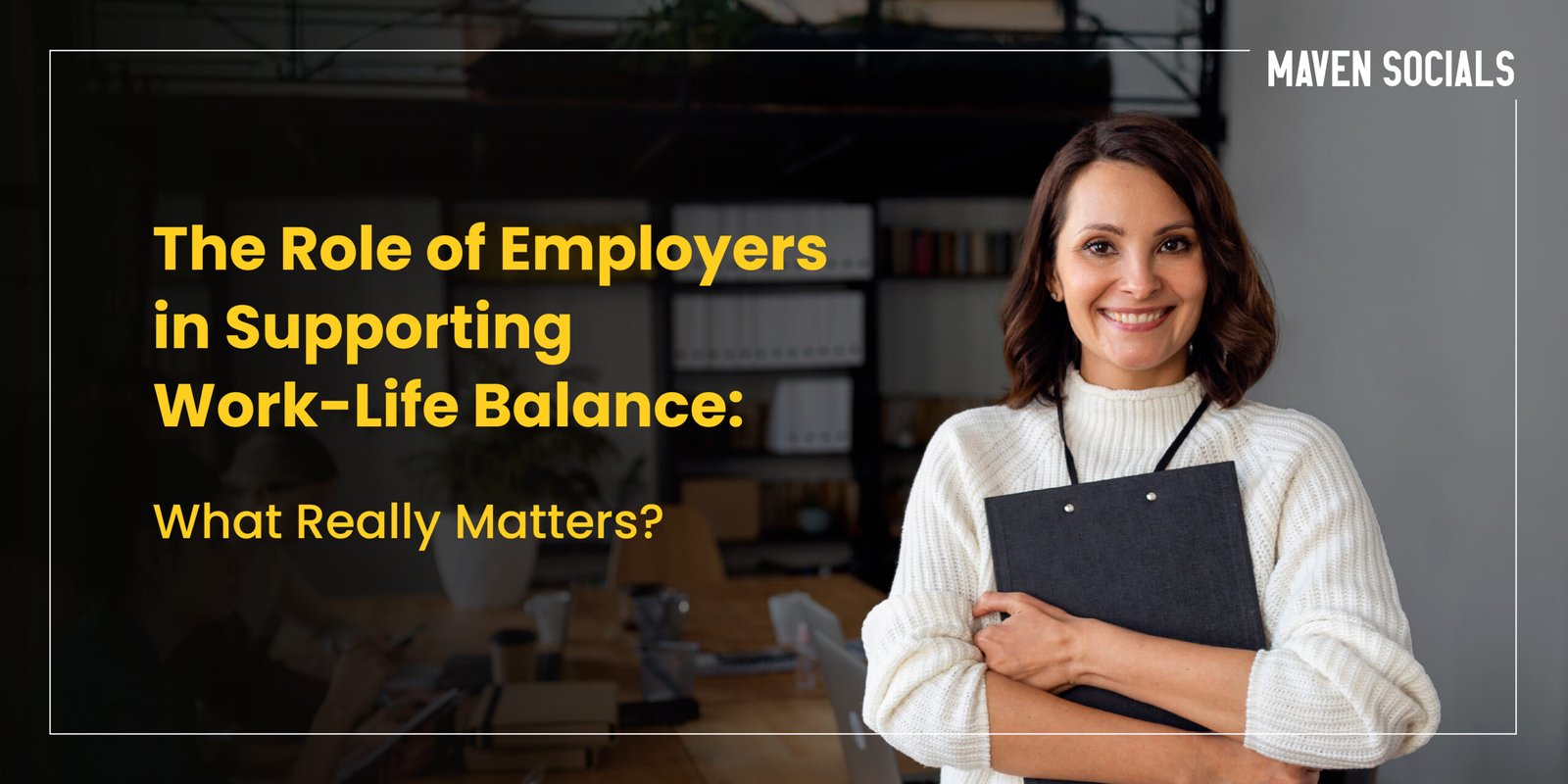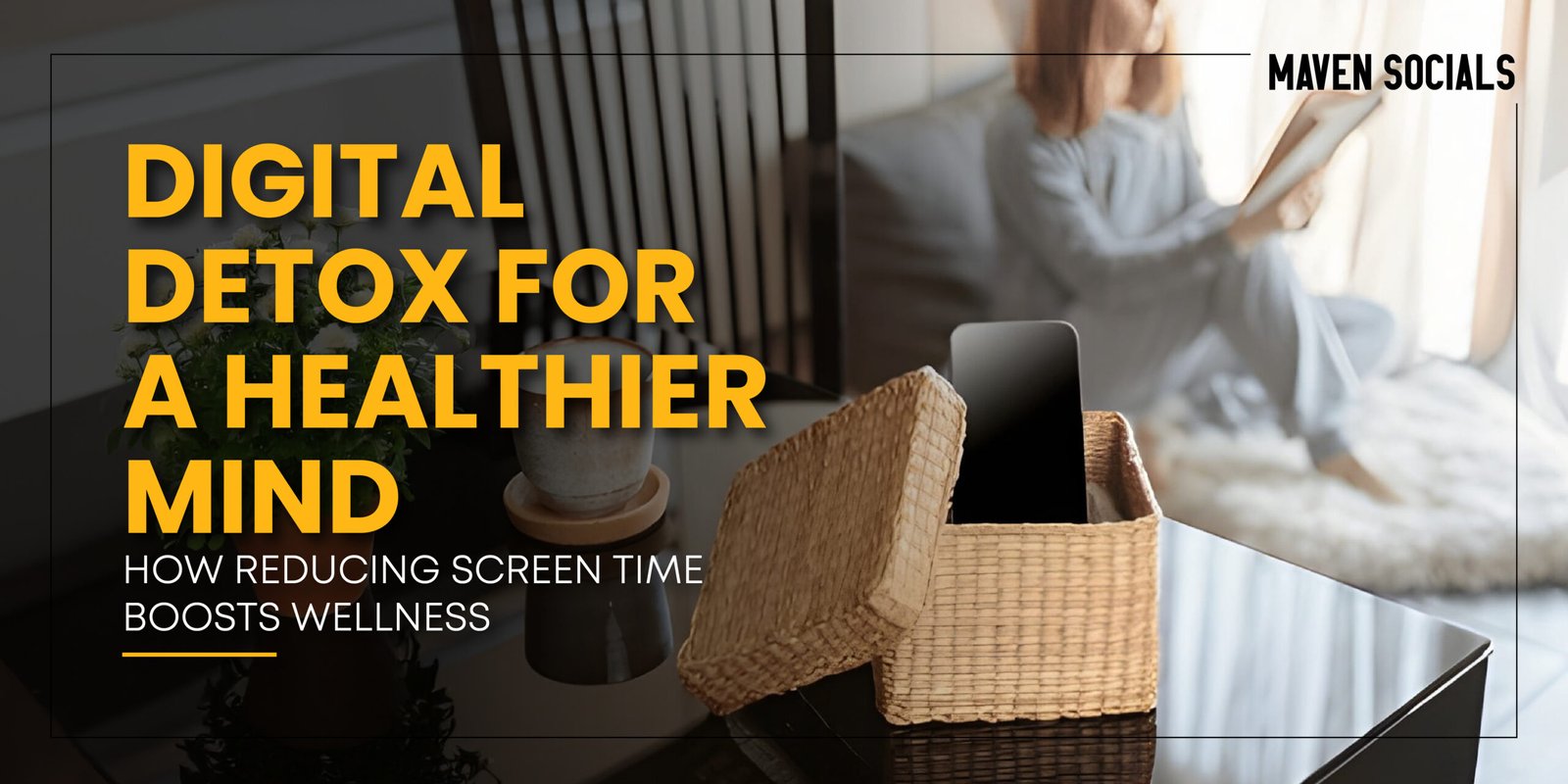In the ever-evolving corporate landscape, work-life balance is no longer a luxury—it’s a necessity.
Employees across generations are seeking not just high salaries and job security but a healthy integration of their worklife and personal lives.
In this blog, we explore the real role employers play in supporting work life balance, and why it’s not just about flexible hours or remote work—but creating a culture of holistic life balance.
Why Work-Life Balance Matters Today
Gone are the days when “burning the midnight oil” was seen as a badge of honor. A poor worklife balance can lead to:
- Employee burnout
- Reduced productivity
- Increased absenteeism
- Low morale
- High attrition rates
According to a Gallup study, employees who feel they have a good work life balance are 21% more productive and show 41% lower absenteeism. For employers, that’s not just a metric—it’s a mission.
Top Employer Responsibilities for Supporting Worklife
Employers have a crucial role in enabling employees to create balance in their lives. Here are the core areas where their involvement matters most:
1. Offering Flexible Work Options
- Remote or hybrid working options
- Flexi-timings instead of rigid 9–5
- Job sharing or part-time opportunities
2. Creating a Culture That Respects Personal Time
- No “after-hours” emails or calls unless necessary
- Encouraging employees to use vacation days
- Normalizing mental health breaks
3. Supporting Parents and Caregivers
- Paid parental leave
- On-site or subsidized childcare
- Elder care support and leave
4. Designing Workload and Roles Intelligently
- Reasonable deadlines
- Delegation of tasks
- Periodic workload audits to prevent burnout
5.Providing Mental Health Resources
- Employee Assistance Programs (EAPs)
- Onsite counseling
- Access to mindfulness and wellness sessions
When employers proactively support these areas, employees are more likely to stay engaged, loyal, and motivated.
Work Life Balance: More Than Just a Perk
For too long, work life balance was viewed as a “benefit” or “add-on.” But in today’s knowledge-driven economy, it’s a core necessity.
Why?
- Employees bring their whole selves to work.
- Work-related stress spills into personal life—and vice versa.
- Organizations that support life balance see better innovation, collaboration, and results.
Did You Know?
Millennials and Gen Z rank work-life balance higher than salary when choosing an employer (LinkedIn 2023 survey).
Real Examples of Companies Doing it Right</P
1.Google
Google Offers “gPause,” a mindfulness program encouraging mental wellness, along with generous PTO and on-site facilities to help employees find life balance within their daily routines.
2. Salesforce
They implement “Wellness Reimbursement” and “Mental Health Days” across all locations, promoting emotional and physical well-being as part of their work culture.
3. Patagonia
The company provides on-site childcare, surf breaks, and flexible scheduling to encourage holistic worklife integration.
These organizations treat work life balance as a strategic priority—not a checkbox.
Barriers to Achieving True Life Balance
Even with the best intentions, several roadblocks stand in the way:
- Managerial mindset: Some leaders still equate time in office with productivity.
- Overemphasis on availability: “Always-on” culture blurs the line between work and rest.
- Lack of trust: Some companies fear employees won’t perform without constant oversight.
- Poor communication: Policies are ineffective if employees don’t know they exist or feel they can’t use them.
Employers must not only create policies but also foster psychological safety so employees feel comfortable using them.
Best Practices: What Really Works
Here’s what really matters when it comes to enabling meaningful worklife support:
Train Managers to Lead with Empathy
- A supportive manager is the #1 driver of perceived life balance.
- Train them to identify burnout signs and offer solutions.
Normalize Flexibility
- Don’t make flexibility feel like a special favor—it should be built into how the company operates.
Create Workload Transparency
- Use tools to monitor and redistribute work when someone is overloaded.
- Open dialogue helps prevent hidden stress.
Survey Employees Regularly - Ask what balance means to them—then tailor policies accordingly.
- Avoid a one-size-fits-all approach.
Reward Output, Not Hours
- Switch from time-based productivity to outcome-based assessment.
- Focus on what is achieved, not when.
Model Balance from the Top
- When leadership takes time off or logs off on time, it sets the tone for the rest of the company.
Conclusion: The Future of Worklife Support
In a post-pandemic world, the line between work and life has blurred like never before. Employees today expect more than token wellness webinars or occasional flexi-Fridays. They want consistent, compassionate, and customized support from their employers.
So, What Really Matters?
- Building a culture of trust and respect
- Equipping managers with the tools to support balance
- Embedding life balance into your company’s DNA
As competition for top talent intensifies, worklife support will become not just a retention tool—but a reputation builder. Smart companies know that happy employees are productive employees.
And nothing drives happiness more than a balanced life.
- Takeaways: Action Steps for Employers
- Conduct a Work-Life Audit in your organization
- Invest in tools that help manage workload and track employee well-being
- Launch an internal campaign to normalize the use of PTO and flexi-hours
- Train leaders to listen more, judge less
- Build policies with people-first thinking
Lorem ipsum dolor sit amet, consectetur adipiscing elit. Ut elit tellus, luctus nec ullamcorper mattis, pulvinar dapibus leo.













